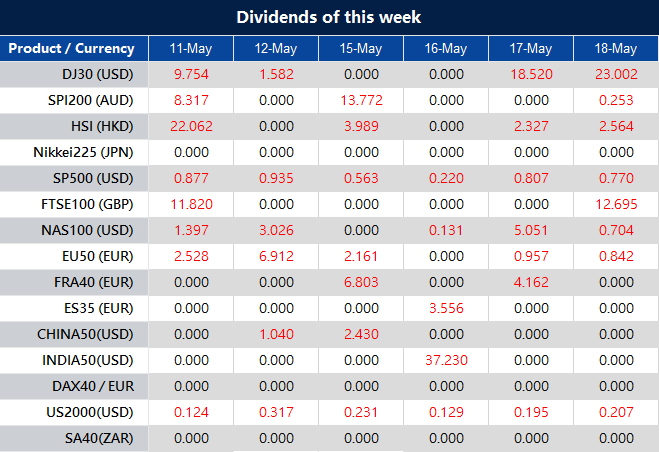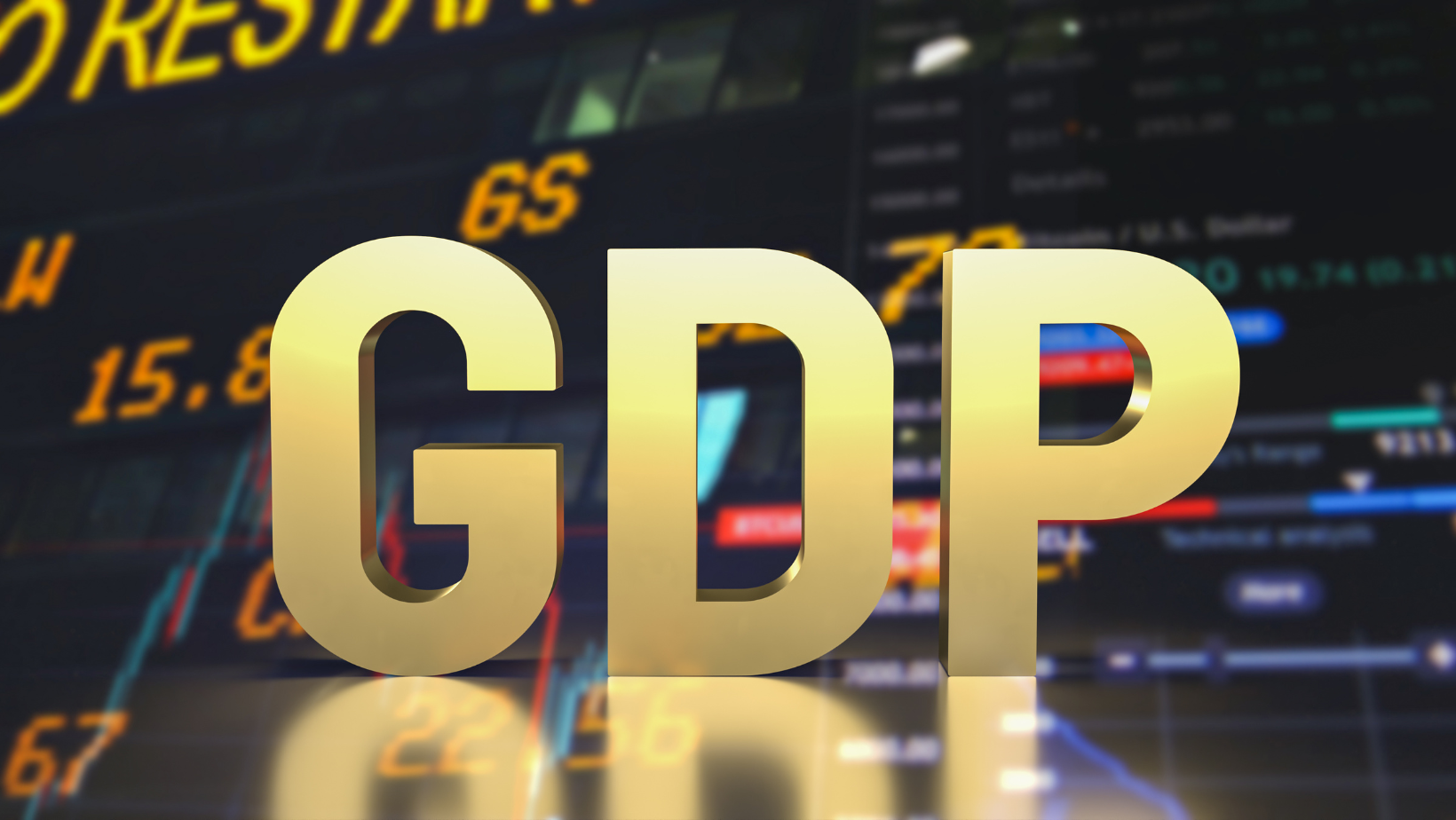Highly anticipated economic reports are set to be released this week, including the Bank of England Rate Statement, US Consumer Price Index (CPI), and US Producer Price Index (PPI). These reports are vital, providing traders and investors with essential data and ensuring they stay ahead of the dynamic market.
Consumer Price Index | US (10 May)
CPI in the US rose by 0.1% in March 2023, showcasing a slowdown in increment from February’s 0.4% increase.
According to analysts, the CPI reading for April—which will be released on 10 May—is expected to rise by 0.3%.
Takeaway: Following the negative market reaction to the Fed rate decision, the market will now be closely watching the Consumer Price Index. If the results align with the forecast, we can anticipate a slight boost to the US dollar.
Bank of England Rate Statement | UK (11 May)
During its March 2023 meeting, the Bank of England raised its key bank rate by 25bps to 4.25%, with the objective of bringing inflation back to the 2% target.
Some analysts expect the next rate hike will be by another 25bps to 4.50%.
Takeaway: Based on last month’s hawkish inflation and wage data, the Bank of England is expected to implement another 25 basis-point rate hike. However, due to recent comments by the bank on the delayed impact of prior tightening measures, the criteria for further actions have increased. Unless there is negative economic news in the next few weeks, we predict that there will be no further adjustment in June.
Producer Price Index | US (11 May)
Producer prices for final demand in the US decreased by 0.5% month-on-month in March 2023, the largest drop since April 2020.
The PPI data for April will be released on 11 May, with analysts expecting an increase of 0.3% from the previous month.
Takeaway: Following the negative reaction of the market to the Fed rate decision, the focus now shifts to the Producer Price Index. If the result aligns with the forecast, we can anticipate a slight boost for the US dollar.
Gross Domestic Product | UK (12 May)
The UK economy experienced a halt in February 2023, after achieving upward growth of 0.4% in January.
The GDP figures for March, due to be released, is expected to show an increase of 0.1%.
Takeaway: The Bank of England will rely on the latest UK GDP figures to help determine their next interest rate decision. The release of this data, if it’s in line with expectations, could potentially slow down the GBPUSD exchange rate. However, it could also signal the central bank to keep the interest rate unchanged in the next meeting.
Prelim University of Michigan Consumer Sentiment | US (12 May)
The University of Michigan’s US consumer sentiment came in at 63.5 in April 2023, up from 62 in March.
For May, analysts expect a reading of 64.
Takeaway: The market closely watches consumer sentiment as it serves as an indicator of the public mood in the US. If the data release meets the forecast, we may see a boost for the US dollar.











